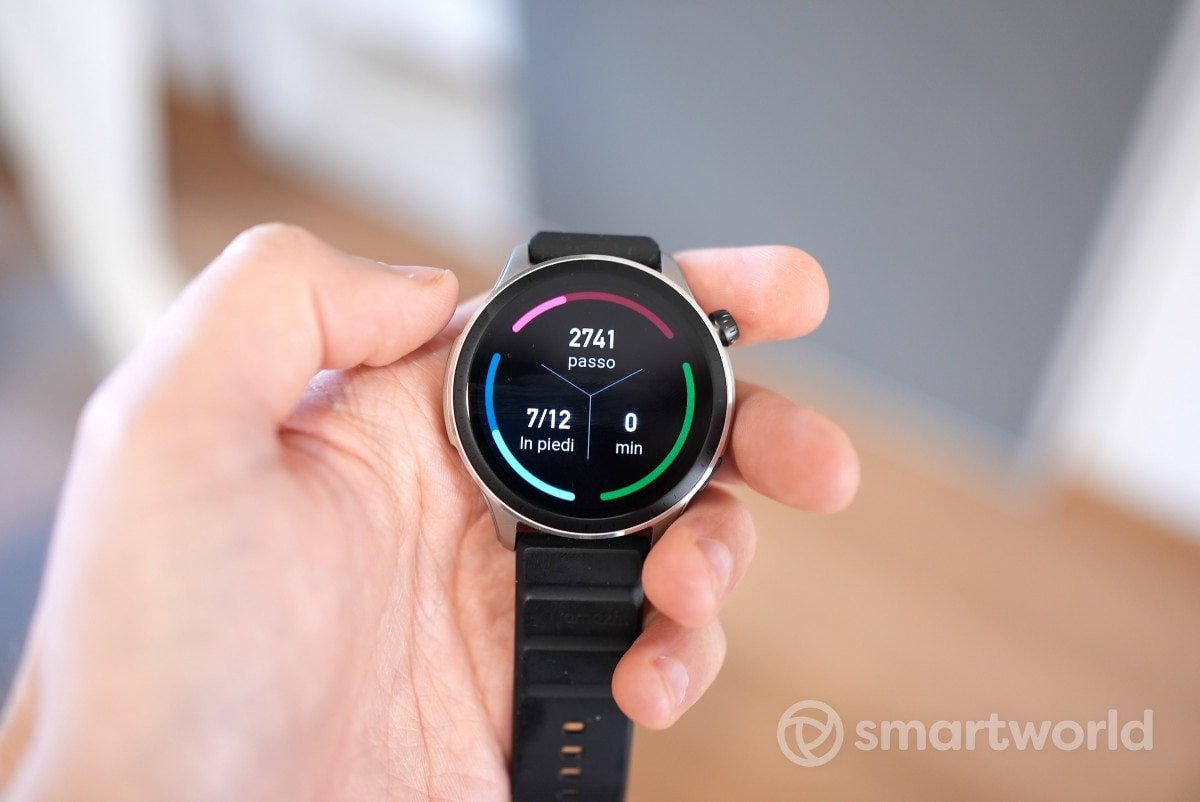Amazfit GTR 4/GTS 4 Review: Smarter Than Your Average Smartwatch?

Amazfit has consistently punched above its weight in the wearable market, delivering feature-rich smartwatches at competitive prices. The GTR 4 and GTS 4 represent the latest iteration in their respective lines, boasting improvements across the board. While not paradigm shifts, these upgrades solidify Amazfit’s position as a compelling alternative to the bigger names. The question is: are these incremental improvements enough to warrant an upgrade, or even entice new users to jump ship from the likes of Apple and Samsung? Let’s dive in.
Performance is where these smartwatches truly shine. The updated chipset allows for noticeably smoother navigation and snappier app loading times. While still not as fluid as a top-tier Wear OS device or an Apple Watch, the experience is consistently responsive and lag-free for everyday tasks. GPS tracking is accurate and reliable, locking on quickly and maintaining a strong signal even in densely populated areas. Battery life remains a key strength, easily exceeding a week of typical use for both models, outperforming many competitors in this regard. Intensive GPS workouts will obviously reduce that lifespan, but you can still expect several days of juice even with regular exercise.
The design differs, naturally, with the GTR 4 sporting a classic round face and the GTS 4 opting for a rectangular, Apple Watch-esque aesthetic. Build quality is solid across the board. Both models feature aluminum alloy cases and vibrant AMOLED displays that are easily readable in direct sunlight. The GTR 4 perhaps feels a touch more premium due to its rounded design, but the GTS 4 is lighter and arguably more comfortable for extended wear, especially during sleep tracking. Both include a rotating crown (GTR 4) or a side button (GTS 4) for navigation, although reliance on the touchscreen is still necessary.

Feature-wise, the GTR 4 and GTS 4 are packed to the brim. Heart rate monitoring, SpO2 tracking, sleep analysis, and stress monitoring are all present and generally accurate, although like most wrist-based trackers, they shouldn’t be considered medical-grade devices. The Zepp OS ecosystem offers a decent selection of watch faces and apps, although it lacks the breadth and depth of Wear OS or watchOS. Bluetooth calling is clear and reliable, and music playback via Bluetooth headphones works flawlessly. One particularly welcome addition is the improved offline music storage, allowing you to leave your phone at home during workouts.

The value proposition is where Amazfit consistently excels. Offering a comparable feature set to more expensive competitors at a significantly lower price point makes the GTR 4 and GTS 4 extremely attractive options. While they might not offer the same level of polish or ecosystem integration as their more established rivals, they provide excellent performance, robust features, and impressive battery life for the money. They are undoubtedly some of the best value smartwatches available today.
Where to Buy:

Amazfit GTR 4/GTS 4 Quick Summary
Key Scores:
- Value: 94%
- Design: 91%
- Performance: 92%
- Quality: 91%
- Popularity: 90%
Top Pros
- ✅ Battery life consistently exceeds a week with typical usage.
- ✅ GPS tracking provides reliable and accurate location data.
- ✅ Performance feels smooth and responsive for most daily tasks.
- …
Key Cons
- ❌ Zepp OS app ecosystem remains less extensive than competitors.
- ❌ Accuracy of health sensors is good, but not medical-grade.
- ❌ Design might feel generic compared to some premium brands.
- …








